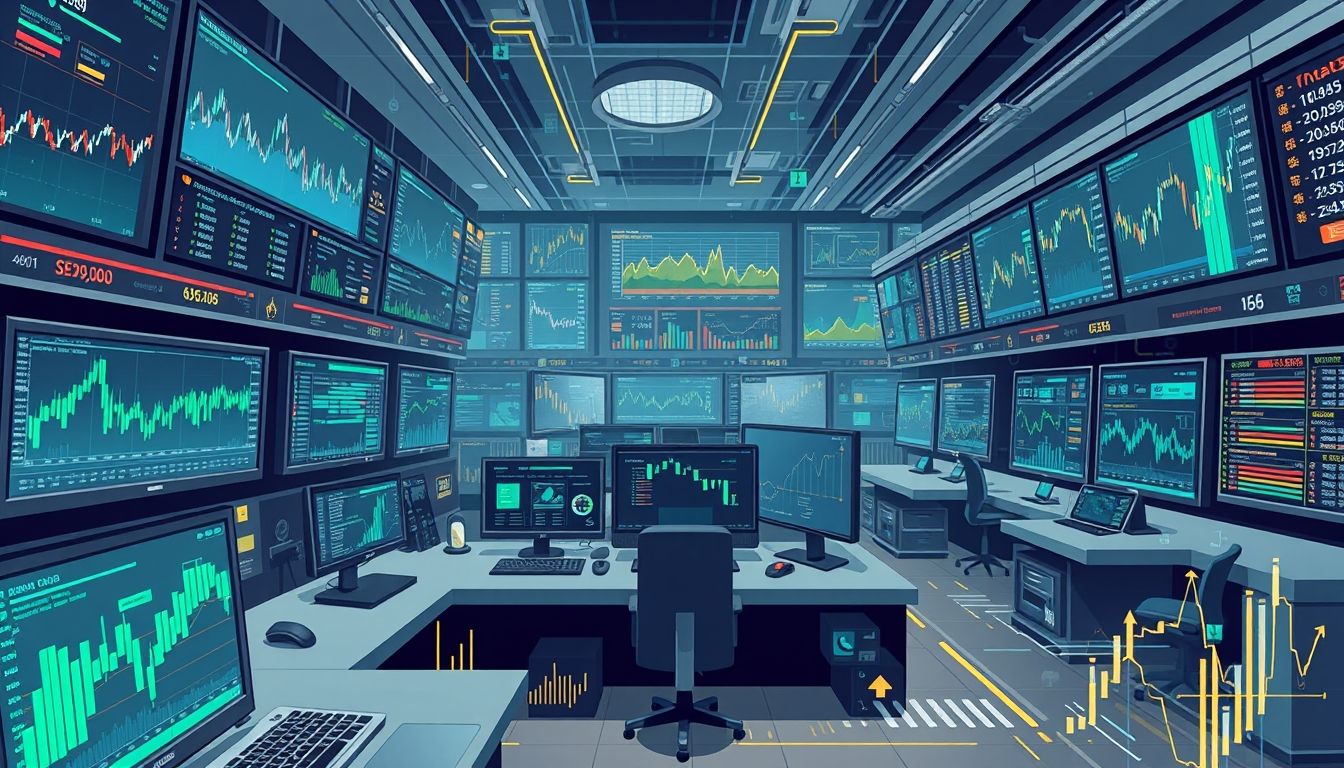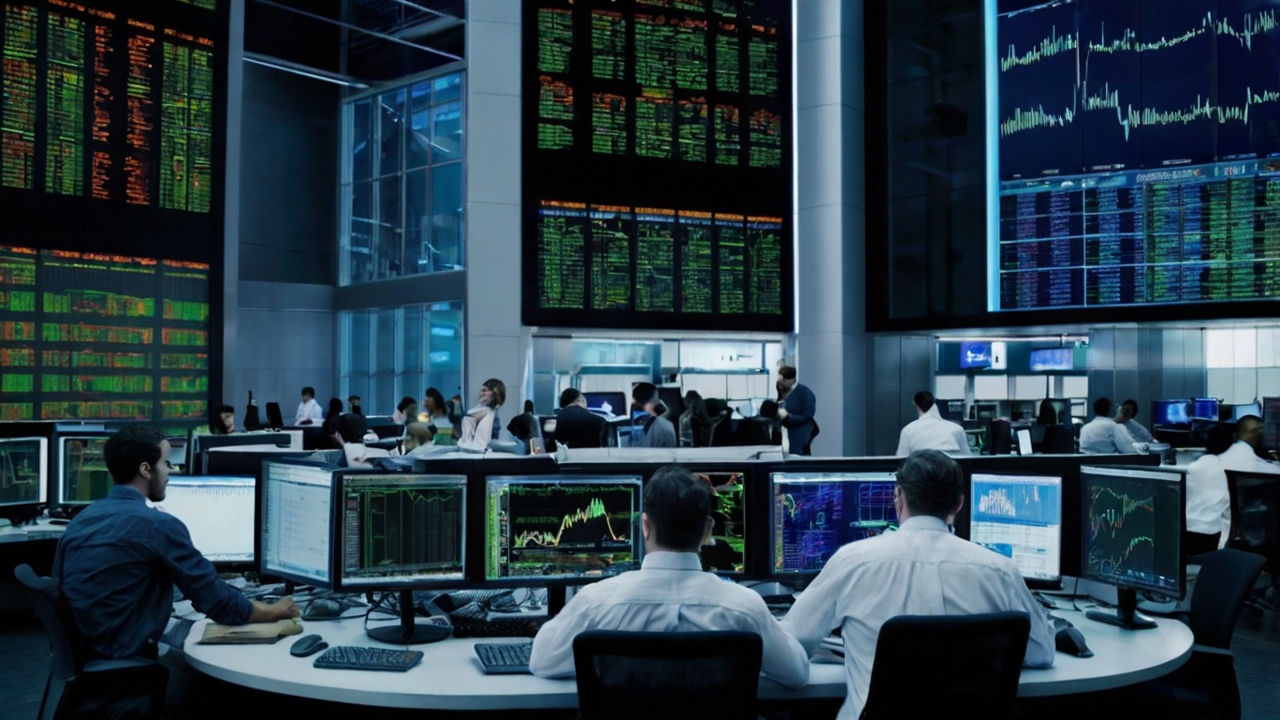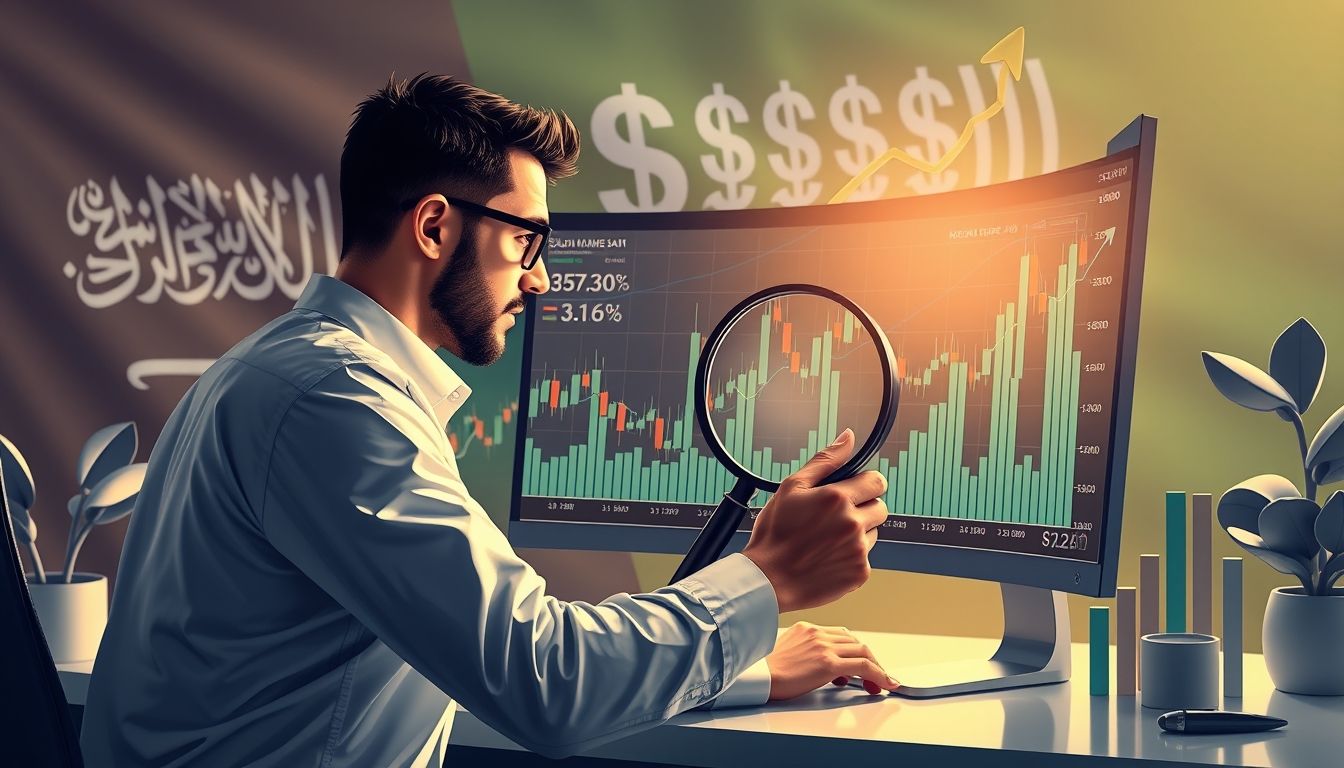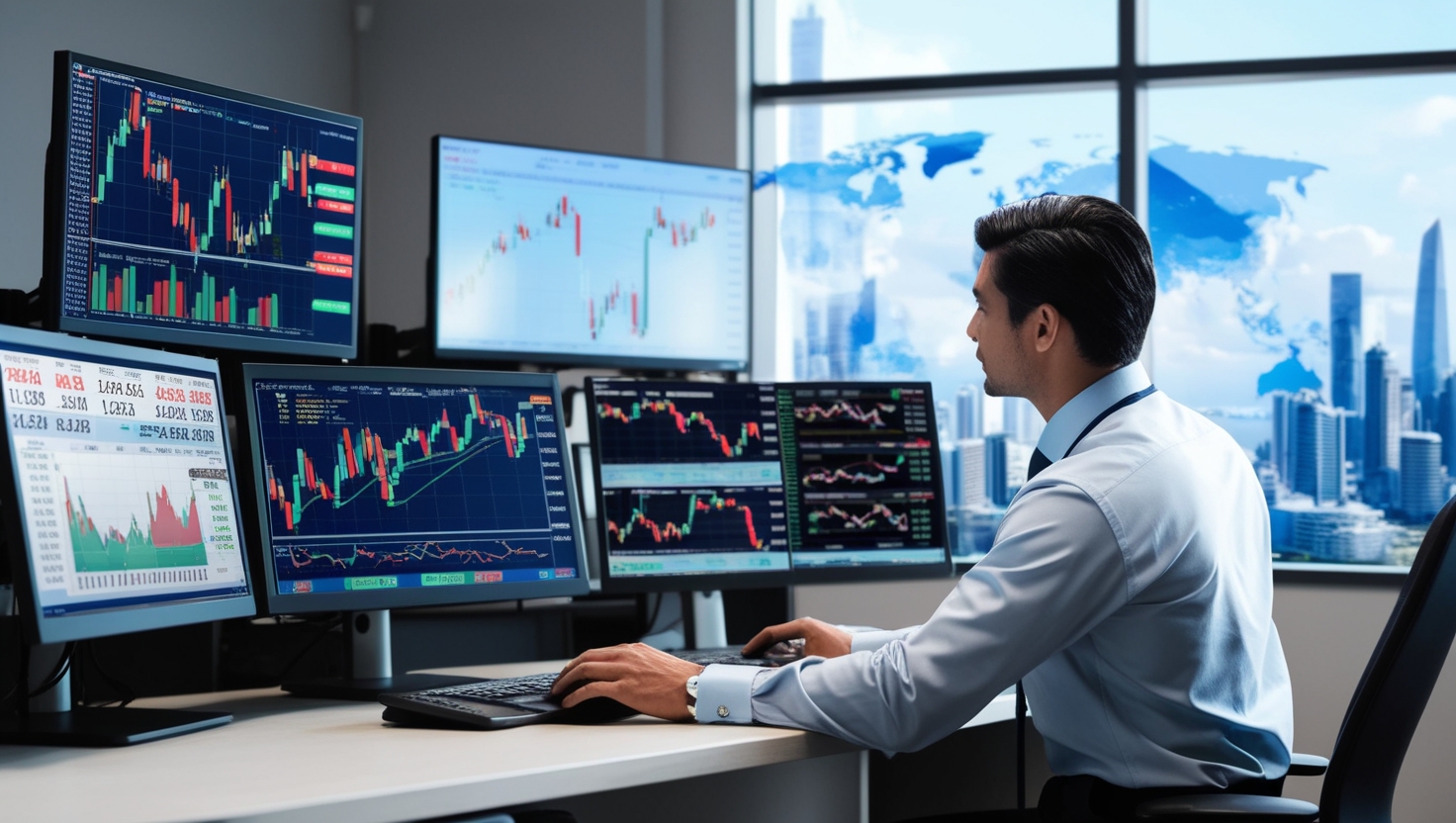Introduction to Algorithmic Trading in Financial Markets
Financial markets have undergone a radical transformation in recent decades, driven by tremendous technological advancements. One of the most prominent of these transformations is the emergence of algorithmic trading, which relies on the use of algorithms to execute trades based on pre-defined criteria. Trading is no longer the preserve of experienced professionals, but individual investors can now benefit from these advanced technologies.
What is Algorithmic Trading?
Algorithmic trading, also known as automated trading or quantitative trading, is the process of using computer programs to automatically execute buy and sell orders in financial markets. These programs rely on a set of pre-defined rules and criteria, such as price, volume, and technical indicators, to make trading decisions and execute them without direct human intervention.
Benefits of Algorithmic Trading
Algorithmic trading offers many advantages over traditional methods, making it an attractive option for investors of all levels:
- Speed and Efficiency: Algorithms can execute trades at lightning speed, often in fractions of a second, allowing them to capitalize on short-term trading opportunities.
- Accuracy and Reliability: Algorithms reduce human error and emotions that can affect trading decisions.
- Ability to Process Large Amounts of Data: Algorithms can analyze massive amounts of data quickly and efficiently, helping to identify potential trading opportunities.
- 24/7 Trading: Algorithms can trade 24 hours a day, 7 days a week, allowing them to take advantage of opportunities in global markets.
- Flexibility and Adaptability: Algorithms can be easily modified to suit changing market conditions and different trading strategies.
Types of Algorithms Used in Algorithmic Trading
There are different types of algorithms used in algorithmic trading, each with its strengths and weaknesses:
- Trend Following Algorithms: Rely on identifying market trends and executing trades in the direction of that trend.
- Moving Average Algorithms: Use moving averages to identify entry and exit points for trades.
- Mean Reversion Algorithms: Exploit market volatility and execute trades when the price deviates from the average.
- Arbitrage Algorithms: Exploit small price differences between different markets to generate low-risk profits.
- High-Frequency Trading (HFT) Algorithms: Execute trades at extremely high speeds and in large volumes, often used to exploit very short-term trading opportunities.
Impact of Algorithmic Trading on Financial Markets
Algorithmic trading has had a significant impact on financial markets, both positive and negative:
Positive Impacts:
- Increased Liquidity: Algorithmic trading contributes to increased trading volume and reduced bid-ask spreads, making markets more liquid.
- Improved Price Efficiency: Algorithmic trading helps to correct price errors and reduce opportunities for manipulation.
- Reduced Volatility: Algorithms can help stabilize prices and reduce sudden fluctuations.
Negative Impacts:
- Increased Complexity: Algorithmic trading makes markets more complex and difficult to understand.
- Potential for "Flash Crashes": Algorithms can cause sudden price crashes due to cascading reactions.
- Increased Competition: Algorithmic trading makes competition more intense, making it harder for individual investors to make profits.
Challenges and Risks Associated with Algorithmic Trading
Despite the many benefits, algorithmic trading faces some challenges and risks:
- Development and Maintenance Costs: Developing and maintaining algorithms requires significant investments in software, hardware, and data.
- Difficulty Adapting to Market Changes: Algorithms may need constant adjustments to adapt to changing market conditions.
- Technical Risks: Technical failures in software or hardware can occur, leading to significant losses.
- Regulatory Risks: Algorithms are subject to increasing scrutiny by regulators, which may increase compliance costs.
Algorithmic Trading in the Arab Market
Although algorithmic trading is still in its early stages in the Arab market compared to global markets, it is experiencing increasing growth. Some companies and financial institutions in the region have begun using algorithms to improve trading efficiency and reduce risk. However, there are still some challenges facing the spread of algorithmic trading in the region, such as:
- Lack of Historical Data: Arab markets lack sufficient historical data to train algorithms effectively.
- Regulatory Restrictions: Some Arab countries impose restrictions on the use of algorithmic trading.
- Lack of Expertise: There is still a lack of expertise and knowledge in the field of algorithmic trading in the region.
How to Get Started with Algorithmic Trading
If you are interested in getting started with algorithmic trading, here are some steps you can take:
- Learn the Basics: Start by learning the basics of algorithmic trading and the algorithms used.
- Choose a Reliable Broker: Choose a broker that provides a trading platform that supports algorithmic trading.
- Start Small: Start by trading small amounts of money until you gain experience.
- Test Your Strategies: Test your trading strategies on historical data before using them in real trading.
- Monitor Your Performance: Monitor the performance of your strategies regularly and adjust them as needed.
Practical Examples of Using Algorithmic Trading
There are many practical examples of using algorithmic trading in financial markets:
- Hedge Funds: Hedge funds use algorithms to execute complex trading strategies and generate high returns.
- Brokerage Firms: Brokerage firms use algorithms to improve the efficiency of executing client orders.
- Individual Investors: Some individual investors use algorithms to execute simple and automated trading strategies.
For example, some hedge funds use complex algorithms to analyze economic data and predict price movements. These algorithms rely on advanced mathematical and statistical models and require significant investments in software, hardware, and data.
The Future of Algorithmic Trading
Algorithmic trading is expected to continue to grow and evolve in the coming years. With ongoing technological advances, algorithms will become more intelligent and able to adapt to changing market conditions. Algorithmic trading is also expected to become more accessible to individual investors.
However, it is important to remember that algorithmic trading is not a magic solution for generating profits. Success in algorithmic trading requires a deep understanding of financial markets and the ability to develop and maintain effective algorithms. It also requires careful risk management and regular monitoring of strategy performance.
Conclusion and Tips for Investors
Algorithmic trading is a powerful tool that can help investors achieve their financial goals. However, it is important to understand the risks associated with algorithmic trading and take the necessary precautions to protect your investments.
Tip: Before you start algorithmic trading, make sure you have a good understanding of the financial markets and the algorithms used. Start by trading small amounts of money and test your strategies on historical data before using them in real trading. Monitor the performance of your strategies regularly and adjust them as needed.



